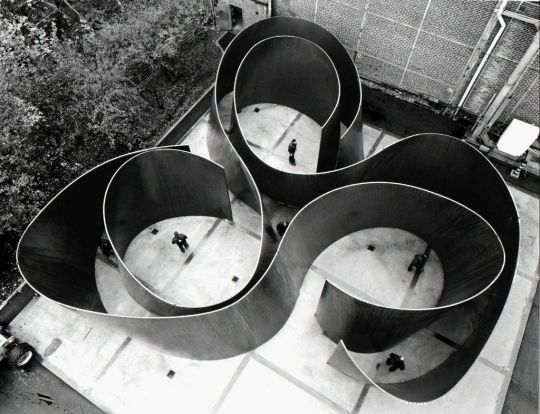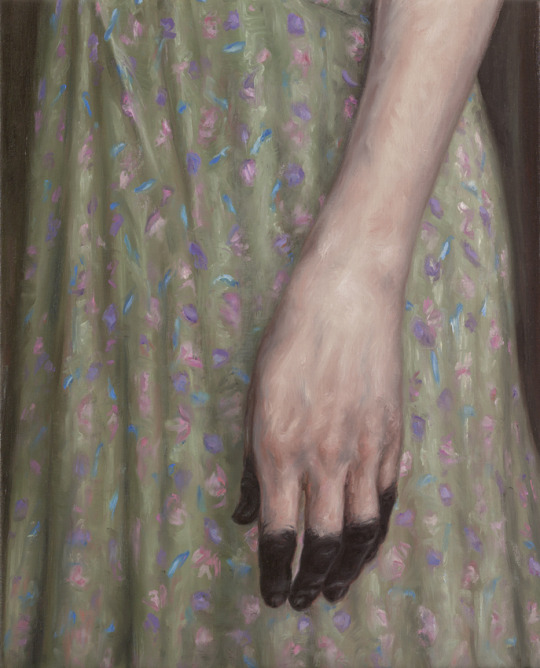Text
Au loin, les souvenirs.
0 notes
Text
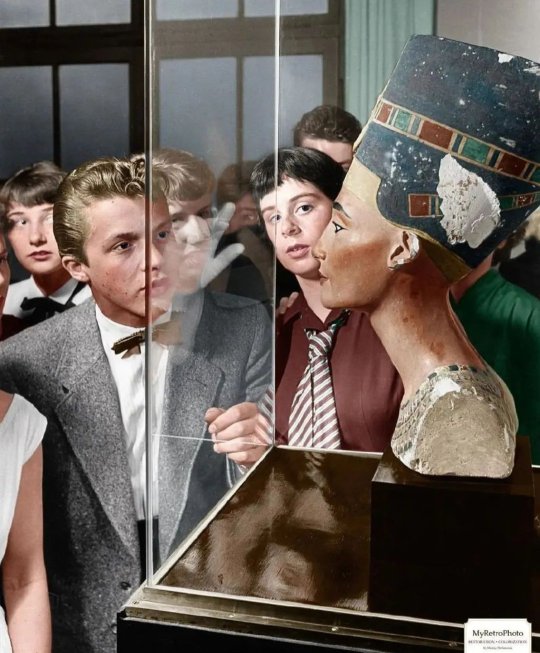
Students exploring the Bust of Nefertiti (1345 BC), exhibited in Neues Museum, Berlin, Germany (via Archaeo - Histories).
0 notes
Text


Left: sketch of the final painting (via Richard Morris). Right: The Nuremberg Trial (1946), by Laura Knight (via The Past).
0 notes
Text
"Ce qu´on dit aux gens ´je vais au coiffeur´ c´est pas français ou c´est mal ou ça ce dit pas, c´est populaire, peu importe, mais en tout cas c´est mauvais de le dire et il faut dire "je vais chez le coiffeur". Pourquoi, mais pourquoi?
Quand on remonte un petit peu l´histoire là aussi, on voit qu´au 17e siècle on disait aller au roi, aller au pape, aller au ministre, et chez c´était le domicile: on va chez mamie, on va chez le voisin, chez la voisine. Et on allait chez le boucher ou chez le coiffeur mais parce que ça boutique était chez lui, à son domicile tout simplement, donc ça devrait changer parce qu´on allait pas chez le ministre précisément, on allait pas chez le roi dans sa chambre à son domicile, on allait le voir.
On a réinterprété cette règle, on a complètement affaibli le sens dans la prepostion chez, mais en même temps on la garde quand même par ailleurs quand on dit chez mamie on imagine quand même son domicile, mais on a affaibli parce qu´en disant chez le coiffeur, chez le boucher, etc., c´est plus leur domicile, donc ça veut dire qu´on a perdu le lien avec l´étymologie de ce mot qui était casa. Et en coupant l´evólution logique de la langue et grammaticale, on a commencé à dire au coiffeur précisément quand les gens ont arrêté de travailler chez eux, dans le salon de coiffure, c´est un vrai salon de coiffure, donc justement c´était pas chez le coiffeur."
1 note
·
View note
Text

We humans use our large brains to make and store maps of our environment; maps we then use everyday for getting around and for recalling where we’ve been. But we are nothing special – many other animals are capable of using spatial memory to make life easier.1
And while many animals have this ability, spatial memory has so far only been described in animals with brains to store the memories in. Until now.1
Researchers from the University of Sydney and the Paul Sabatier Université in Toulouse found that the unicellular slime mould Physarum polycephalum, which lacks a brain or even any semblance of a nervous system, uses an ingenious mechanism to remember where it has been, and to escape from difficult situations.1
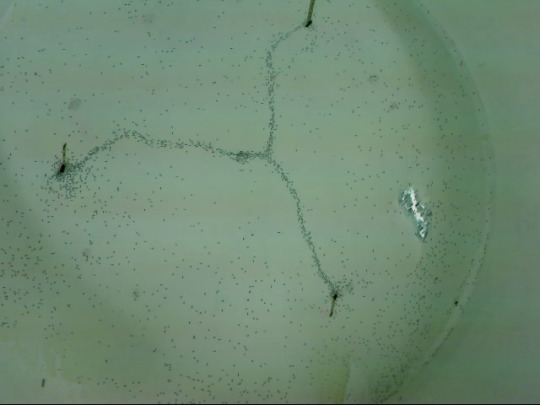
A colony of Argentine ants have found the shortest path between there three nests. (https://www.tanyalatty.com)
Scientist Tanya Latty studies the behaviour of ants and bees. She's particularly interested in their ability to work effectively as a team to achieve a common goal. But her pet project is focused on a creature that defies classification.2
Slime moulds are neither plants nor animals. They can move, but they don't have legs or wings. They appear to make complex decisions, often motivated by the promise of food. Yet they don't have a stomach or a brain. Despite slime moulds' unique biology, Tanya was struck by their apparent intelligence and by similarities in their patterns of behaviour to ants and bees.2
The brainless slime mould leaves a trail of slime behind it everywhere it goes, which it can then detect later to recognise areas it has already been. The organism prefers to avoid previously explored areas, to prevent wasting time in its search for food.1
In essence the slime mould is memorising where it has been, storing this memory in the external environment and recalling the information when it later touches the slime-coated area.1
Tanya believes the knowledge gained from studying the behaviour of slime moulds and insects could help to solve complex organisational problems in the human world.2
1The brainless slime mould that remembers where it’s been, by Chris R. Reid.
2The secret life of slime mould, on ABC Conversations.
0 notes
Text
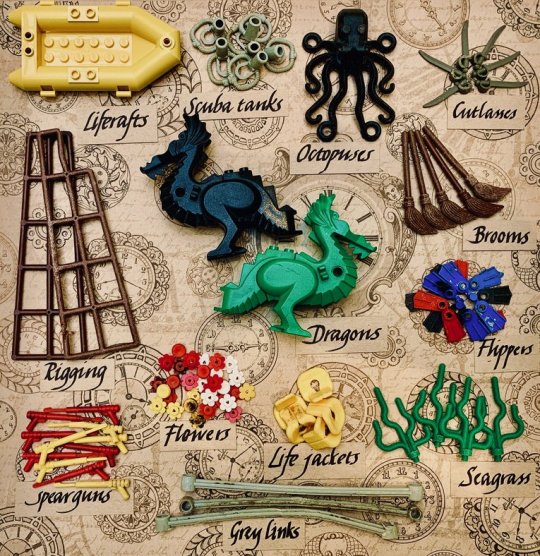

"On 13th February 1997, a huge storm near the coast of Cornwall pushed sixty-two containers off the cargo ship Tokio Express. One was filled with nearly five million pieces of Lego.
When the Tokio Express set sail from Rotterdam it encountered mountainous seas about 20 miles off Land’s End. A rogue wave tipped the ship 60 degrees one way and 40 degrees the other, resulting in 62 shipping containers being dumped into the ocean. One of the containers was full of almost five million bits of Lego on their way to be made into sets in North America. The strange thing was that many of the 4,756,940 pieces were for seafaring adventure sets. How the container opened nobody knows, but it released a ‘slick of Lego’ onto Cornish beaches.
Beachcombers in the southwest of England soon began finding plastic octopuses, spear guns, scuba tanks, cutlasses, flippers and even dragons on their shores – they’re still washing up today.
Over the years, ocean currents have swept the Lego vast distances – it’s been found in the Channel Islands, France, Belgium and the Netherlands. Some oceanographers believe it could have drifted all the way round the world. Most of the Lego from the spill has never been found, however, and is thought to be lying on the seabed. Fishermen regularly haul up Lego, 20 miles off the Cornish coast. They find the bits that sank, while beachcombers generally find the bits that floated. That said, some of the Lego that originally sank is now making its way ashore, swept long distances by seafloor currents."
About ten years ago, I started keeping an online journal of plastic that washed up – a visual record of manmade debris littering our shores. After a storm, I would scour the beaches and kept a photographic record of everything I found. It was never meant to be an art project, though some people perceive it as such. Looking back through the images, it’s interesting to see how the debris changes over time. Cargo spills bring new items to our shores – printer cartridges, detergent bottles, toy wheels, flip flops, trainers, etc. Each image is like a snapshot in time. Searching for lost Lego from a cargo spill started as a bit of fun, a treasure hunt with my children. Ultimately, it opened my eyes to all the rest of the plastic in the ocean.
Adrift: The legacy of Lego lost at sea, by Marine Conservation Society. Lego Lost At Sea, by Tracey Williams.
0 notes
Photo
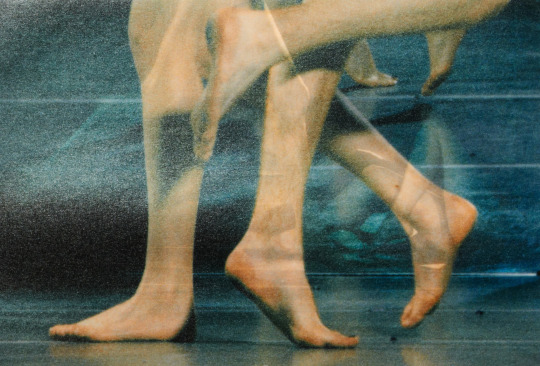

Ph. Steven Meisel for Visionaire No. 27 - “Movement”
16K notes
·
View notes
Text
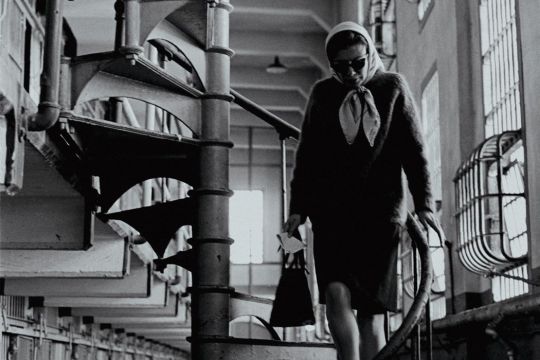
"But here is how I most often preferred to visualize myself: not on a moor, not in Shubert Alley, but standing on the steps of a public building somewhere in South America (Argentina comes first to mind, although Argentina was like the sable coat, never actually seen, more concept than reality), wearing dark glasses and avoiding paparazzi. If you were to have asked me why I was standing on the steps of this public building in Argentina, I would have had a ready answer: I was standing on the steps of this public building in Argentina because I was getting a divorce. Hence the dark glasses, hence the paparazzi. I would let other six-year-olds (Brenda, say) imagine their wedding days, their princess dresses, their Juliet caps and seed pearls and clouds of white tulle: I had moved briskly on to the day of my (Buenos Aires) divorce, and the black silk mantilla the occasion would clearly require."
In Sable and Dark Glasses: Joan Didion remembers her distaste for being a child and her yearning for a glamorous, grown up life.
8 notes
·
View notes
Photo

Maria’s dogs, 2000 - by Sarah Moon (1941), French
2K notes
·
View notes
Text
“I had tea. I then spent a long time in a bookshop. A quiet evening.”
— Virginia Woolf
969 notes
·
View notes
Text

"The commercial race to space has been picking up speed in the last few years, as people like Elon Musk are rushing to develop the rocket technology to ferry human beings to Mars, to live there.
It's an exciting prospect, and one that has captured the imaginations of writers for decades.
But what would life on Mars look like? And is it even possible?
Dr Kelly Weinersmith has written a book with her husband, Zach, to answer those questions and more - like, how would humans procreate in little to no gravity? And what on earth is a snuggle tube?"
Sex, law, and life on Mars.
0 notes
Text
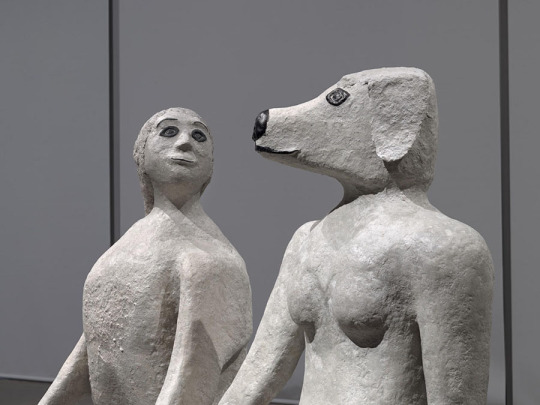
"In this segment, we take an emotional left turn to a story of a very different kind of lost and found. We begin with a college student, Alan Lundgard, who fell in love with a fellow art student, Emilie Gossiaux. Emilie's mom, Susan Gossiaux, describes her daughter, and the terrible phone call she received from Alan nine months after he became Emilie's boyfriend. Together, Susan and Alan tell Jad and Robert about the devastating fork in the road that left Emilie lost in a netherworld, and how Alan found her again."
Finding Emilie.
1 note
·
View note
